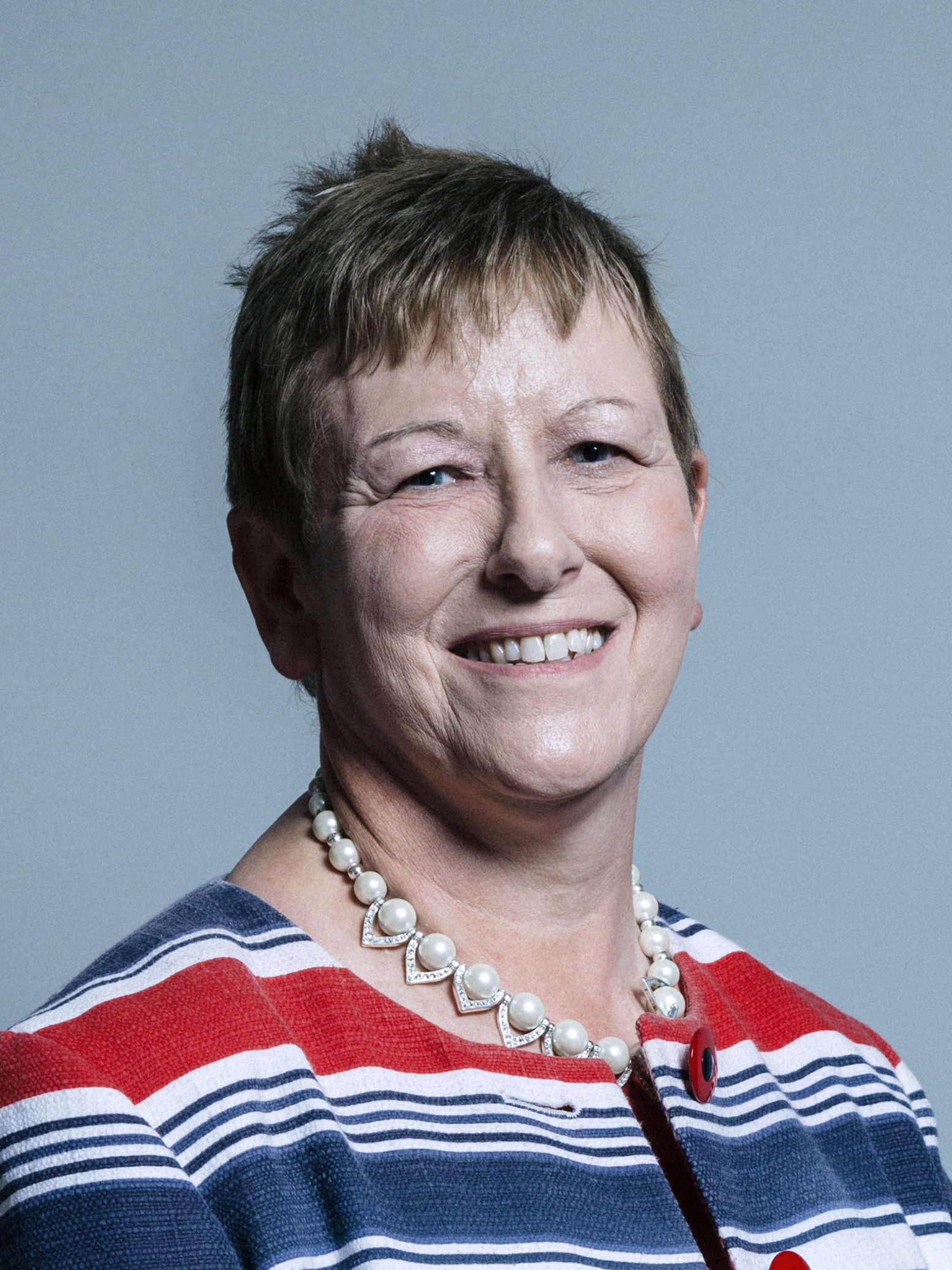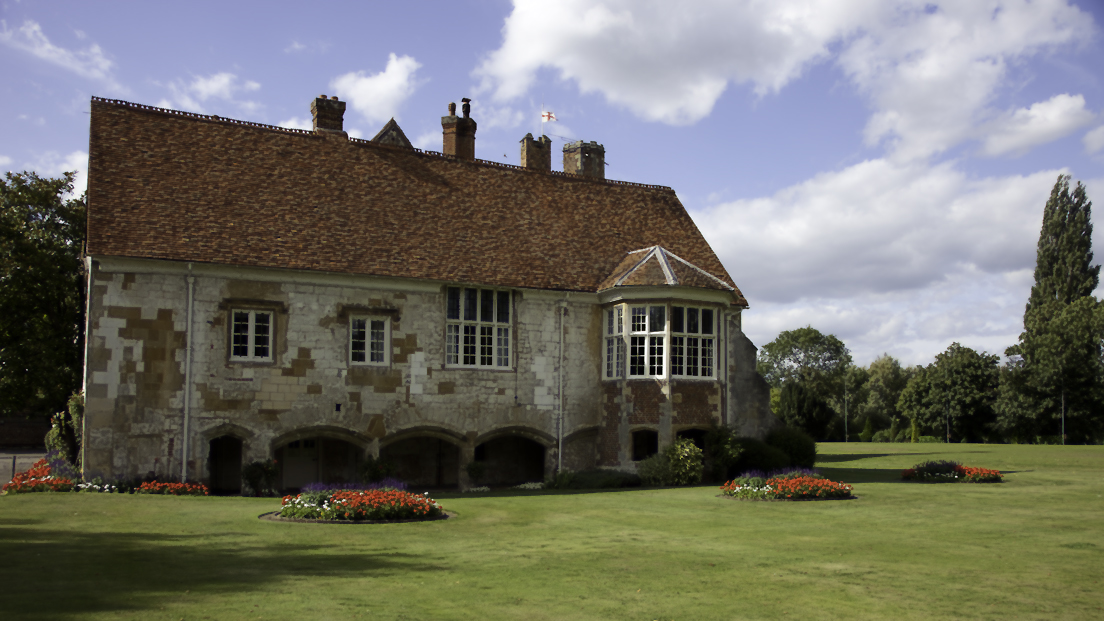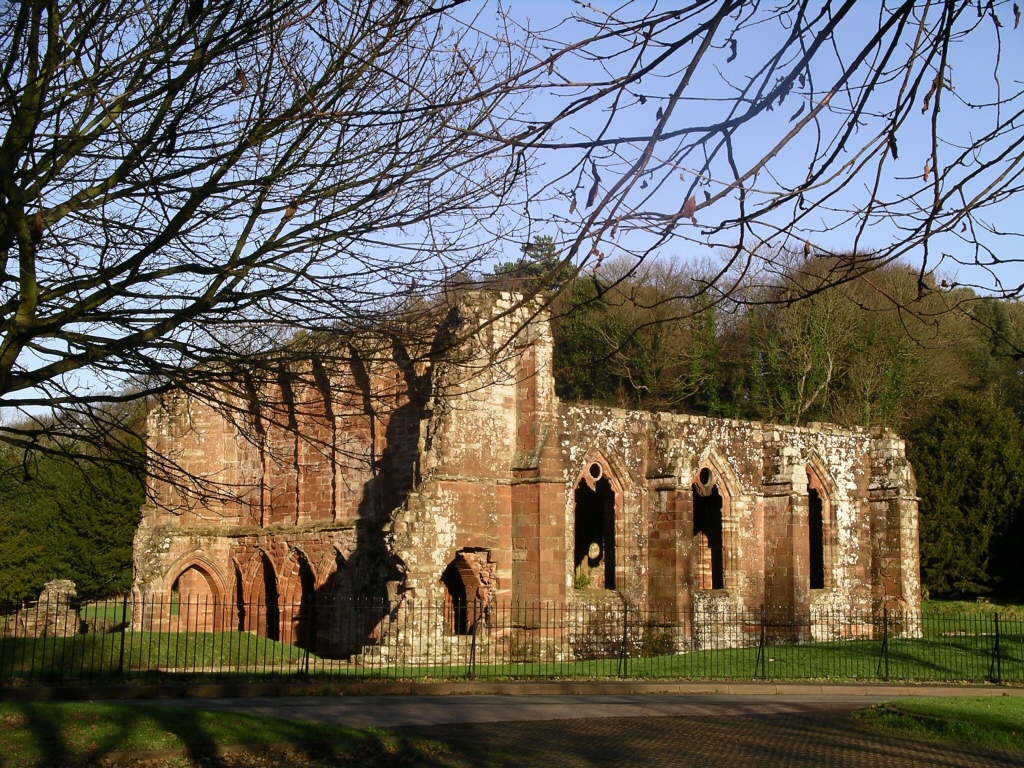|
Sir Thomas Holcroft
Sir Thomas Holcroft (1505–31 July 1558) was a sixteenth-century English courtier, soldier, politician and landowner. Holcroft's fortune was made from speculation in former monastic properties, after having distinguished himself during the Anglo-Scottish Wars. He was a close supporter of Lord Protector Somerset and represented three constituencies in the English Parliament. Background and early life Thomas Holcroft was born at Holcroft Hall, Culcheth, Lancashire, the son of John Holcroft of Holcroft and Margaret Massey. The Holcrofts were minor gentry who had been resident since the Middle Ages at Holcroft Hall, the remains of which lie close to the Glazebrook, to the east of Culcheth. The manor of Holcroft was the product of a division of the manor of Culcheth in the mid-13th century and the Holcrofts may have been descended from the de Culcheth family, the original holders of the manor, although the succession of the estate is not certain before John Holcroft, the lord of ... [...More Info...] [...Related Items...] OR: [Wikipedia] [Google] [Baidu] |
Culcheth
Culcheth is a village in the Borough of Warrington, ceremonial county of Cheshire and historic county of Lancashire, England, six miles (10 km) north-east of Warrington town centre; it is the principal settlement in Culcheth and Glazebury civil parish. Culcheth is primarily residential, with a large village green at its heart where the annual Community Day is held. The old railway line is now known as Culcheth Linear Park. History On Saxon maps showing South Lancashire the village is marked as "Calchuth" or "Celchyth." On these very early maps and deeds the name is also written as "Kilcheth", "Kylchith" and "Kilshaw." It is derived from the Brittonic "cil" and "coed", 'at the edge of a wood,' 'black wood' or 'retreat in a wood'. There are a few examples of this name-formation today, such as the Welsh name for Caldicot, Monmouthshire, Wales is "Cil-y-coed", and possibly Culgaith, Cumbria. The first element in the name might also be ''*cǖl'', meaning 'narrow'. However, anoth ... [...More Info...] [...Related Items...] OR: [Wikipedia] [Google] [Baidu] |
Preston, Lancashire
Preston () is a city on the north bank of the River Ribble in Lancashire, England. The city is the administrative centre of the county of Lancashire and the wider City of Preston local government district. Preston and its surrounding district obtained city status in 2002, becoming England's 50th city in the 50th year of Queen Elizabeth II's reign. Preston has a population of 114,300, the City of Preston district 132,000 and the Preston Built-up Area 313,322. The Preston Travel To Work Area, in 2011, had a population of 420,661, compared with 354,000 in the previous census. Preston and its surrounding area have provided evidence of ancient Roman activity, largely in the form of a Roman road that led to a camp at Walton-le-Dale. The Angles established Preston; its name is derived from the Old English meaning "priest's settlement" and in the ''Domesday Book'' is recorded as "Prestune". In the Middle Ages, Preston was a parish and township in the hundred of Amounderness an ... [...More Info...] [...Related Items...] OR: [Wikipedia] [Google] [Baidu] |
Margaret Tudor
Margaret Tudor (28 November 1489 – 18 October 1541) was Queen of Scotland from 1503 until 1513 by marriage to King James IV. She then served as regent of Scotland during her son's minority, and successfully fought to extend her regency. Margaret was the eldest daughter and second child of King Henry VII of England and Elizabeth of York, and the elder sister of King Henry VIII of England. Margaret married James IV at the age of 13, in accordance with the Treaty of Perpetual Peace between England and Scotland. Together, they had six children, though only one of them reached adulthood. Margaret's marriage to James IV linked the royal houses of England and Scotland, which a century later resulted in the Union of the Crowns. Following the death of James IV at the Battle of Flodden in 1513, Margaret, as queen dowager, was appointed as regent for their son, King James V. A pro-French party took shape among the nobility, urging that she should be replaced by John, Duke of Albany, t ... [...More Info...] [...Related Items...] OR: [Wikipedia] [Google] [Baidu] |
James V Of Scotland
James V (10 April 1512 – 14 December 1542) was List of Scottish monarchs, King of Scotland from 9 September 1513 until his death in 1542. He was crowned on 21 September 1513 at the age of seventeen months. James was the son of James IV of Scotland, King James IV and Margaret Tudor, and during his childhood Kingdom of Scotland, Scotland was governed by regents, firstly by his mother until she remarried, and then by his second cousin, John Stewart, Duke of Albany, John, Duke of Albany. James's personal rule began in 1528 when he finally escaped the custody of his stepfather, Archibald Douglas, 6th Earl of Angus, Archibald Douglas, Earl of Angus. His first action was to exile Angus and confiscate the lands of the Clan Douglas, Douglases. James greatly increased his income by tightening control over royal estates and from the profits of justice, customs and feudal rights. He founded the College of Justice in 1532, and also acted to end lawlessness and rebellion in the Anglo-Scotti ... [...More Info...] [...Related Items...] OR: [Wikipedia] [Google] [Baidu] |
Bisham Abbey
Bisham Abbey is a Grade I listed manor house at Bisham in the English county of Berkshire. The name is taken from the now lost monastery which once stood alongside. This original Bisham Abbey was previously named Bisham Priory, and was the traditional resting place of many Earls of Salisbury. The complex surrounding the extant manorial buildings is now one of three National Sports Centres run on behalf of Sport England and is used as a residential training camp base for athletes and teams and community groups alike. It is a wedding venue with a licence for civil ceremony and is used for conferences, team building events, corporate parties and private functions. Manor house The manor house was built around 1260 as a community house for two Knights Templar. There was substantial rebuilding and alteration in later centuries. When the Templars were suppressed in 1307, King Edward II took over the manorial rights, granting them to various relatives. In 1310 the building was used a ... [...More Info...] [...Related Items...] OR: [Wikipedia] [Google] [Baidu] |
William Barlow (bishop Of Chichester)
William Barlow (also spelled Barlowe; 13 August 1568) was an English Augustinian prior turned bishop of four dioceses, a complex figure of the Protestant Reformation. Aspects of his life await scholarly clarification. Labelled by some a "weathercock reformer", he was in fact a staunch evangelical, an anti-Catholic and collaborator in the Dissolution of the Monasteries and dismantling of church estates; and largely consistent in his approach, apart from an early anti-Lutheran tract and a supposed recantation under Mary I. He was one of the four consecrators and the principal consecrator of Matthew Parker, as archbishop of Canterbury in 1559. Life William Barlow was born in Essex, England in about 1498 to Robert Barlow, merchant and deputy customs officer of Colchester and his wife Anna. Details of his childhood and early education are still unknown. Both Oxford and Cambridge Universities have laid claim to Barlow, but there is no extant evidence. An Augustinian regular canon, ... [...More Info...] [...Related Items...] OR: [Wikipedia] [Google] [Baidu] |
Furness Abbey
Furness Abbey, or St. Mary of Furness, is a former Catholic monastery located to the north of Barrow-in-Furness, Cumbria, England. The abbey dates back to 1123 and was once the second-wealthiest and most powerful Cistercian monastery in the country, behind Fountains Abbey, prior to its dissolution during the English Reformation.History of the abbey The abbey contains a number of individual Grade I s and is a . History of the abbey Early history [...More Info...] [...Related Items...] OR: [Wikipedia] [Google] [Baidu] |
Henry VIII
Henry VIII (28 June 149128 January 1547) was King of England from 22 April 1509 until his death in 1547. Henry is best known for his six marriages, and for his efforts to have his first marriage (to Catherine of Aragon) annulled. His disagreement with Pope Clement VII about such an annulment led Henry to initiate the English Reformation, separating the Church of England from papal authority. He appointed himself Supreme Head of the Church of England and dissolved convents and monasteries, for which he was excommunicated by the pope. Henry is also known as "the father of the Royal Navy" as he invested heavily in the navy and increased its size from a few to more than 50 ships, and established the Navy Board. Domestically, Henry is known for his radical changes to the English Constitution, ushering in the theory of the divine right of kings in opposition to papal supremacy. He also greatly expanded royal power during his reign. He frequently used charges of treason and ... [...More Info...] [...Related Items...] OR: [Wikipedia] [Google] [Baidu] |
Thomas Cromwell
Thomas Cromwell (; 1485 – 28 July 1540), briefly Earl of Essex, was an English lawyer and statesman who served as chief minister to King Henry VIII from 1534 to 1540, when he was beheaded on orders of the king, who later blamed false charges for the execution. Cromwell was one of the most powerful proponents of the English Reformation, and the creator of true English governance. He helped to engineer an annulment of the king's marriage to Catherine of Aragon so that Henry could lawfully marry Anne Boleyn. Henry failed to obtain the approval of Pope Clement VII for the annulment in 1533, so Parliament endorsed the king's claim to be Supreme Head of the Church of England, giving him the authority to annul his own marriage. Cromwell subsequently charted an evangelical and reformist course for the Church of England from the unique posts of Vicegerent in Spirituals and Vicar-general (the two titles refer to the same position). During his rise to power, Cromwell made many enemi ... [...More Info...] [...Related Items...] OR: [Wikipedia] [Google] [Baidu] |
Edward Stanley, 3rd Earl Of Derby
Edward Stanley, 3rd Earl of Derby KG (c. 10 May 1509 – 24 October 1572) was an English nobleman and politician. He reigned over the Isle of Mann until his death, and then was succeeded by his son. Early life At the age of thirteen, Edward received the titles and estates of his father, the 2nd Earl of Derby, and King Henry VIII took responsibility for bringing him up until he was of age. His commissioners, including Cardinal Thomas Wolsey, were responsible for most of his affairs. In 1528, he accompanied Cardinal Wolsey on a mission to France, and in 1530, he was one of the peers who gave Pope Clement VII the declaration regarding Henry's divorce from Catherine of Aragon. Marriages and issue That same year Thomas Howard, 3rd Duke of Norfolk bought the remaining year of Edward Stanley's wardship and married him, without the King's permission, to his daughter, Katherine Howard. The King rebuked Norfolk, but allowed the marriage. Katherine fell victim to the plague a few ... [...More Info...] [...Related Items...] OR: [Wikipedia] [Google] [Baidu] |








